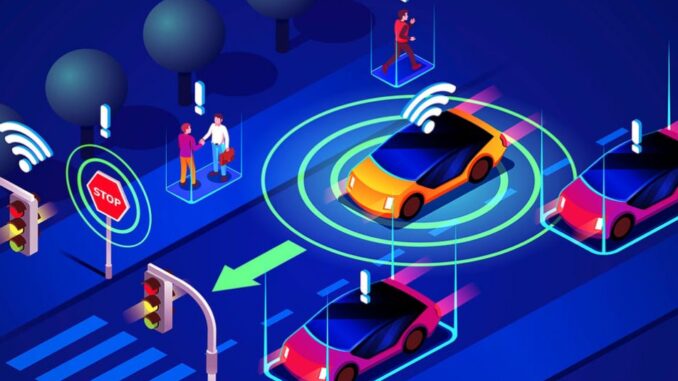
Vehicle-to-Everything (V2X) technology refers to a communication system that allows vehicles to communicate with various entities, including other vehicles, infrastructure, pedestrians, and the cloud.
The goal of V2X technology is to enhance road safety, reduce traffic congestion, improve energy efficiency, and enable autonomous driving.








Here are the main components of V2X:
Vehicle-to-Vehicle (V2V): This allows vehicles to communicate directly with each other. For example, one car can send a warning to another car about sudden braking or a potential collision, even if the drivers cannot see each other.
Vehicle-to-Infrastructure (V2I): This involves communication between vehicles and infrastructure like traffic lights, road signs, and toll booths. V2I can help optimize traffic flow, reduce fuel consumption, and enable smarter navigation.
Vehicle-to-Pedestrian (V2P): This enables vehicles to communicate with pedestrians, cyclists, and other road users who might be in proximity to the vehicle. It can help prevent accidents by alerting both the driver and the pedestrian to potential dangers.
Vehicle-to-Network (V2N): This involves communication between vehicles and cloud-based services. V2N can provide real-time traffic updates, weather conditions, and other critical information that can affect driving.
Vehicle-to-Grid (V2G): This allows electric vehicles (EVs) to interact with the power grid. For example, an EV can send energy back to the grid when demand is high or draw power during off-peak hours.
V2X technology is a critical component of future smart transportation systems, and it is being integrated into the development of autonomous vehicles and smart cities. The technology relies on various communication standards like Dedicated Short-Range Communications (DSRC) and Cellular Vehicle-to-Everything (C-V2X).

Leave a Reply